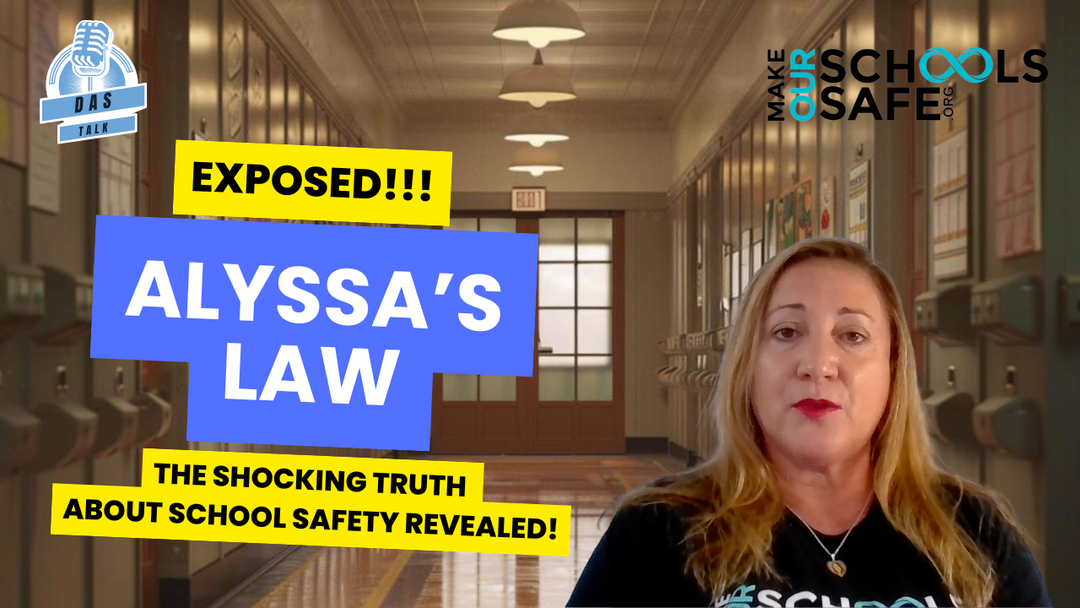Comparing Cable Protection: What are your Cable Weather Proofing Options?
Weather proofing is no joke. One of, if not the most common reason repairs are needed on RF deployments is weather related. Even so we continue to hear stories of cables that don’t have enough protection.
There are lots of weather proofing options available and each has their use, but which one should you be using? Below we’ve put together brief descriptions of each of our Cable Protection options and when you might want to choose one over another.
Cold Shrink
Without question Cold Shrink is the best. It has incredible weather protection capabilities while also being amazingly easy to install. We’ve spent a fair amount of time talking about Cold Shrink, (check out a recent blog post about it here), but below is a run down of some of Cold Shrink’s incredible characteristics:

|
- IP68 Rating – no dust ingress and no water ingress after being submerged in water for a minimum of 30 minutes exceeding 1 meter deep
- Incredibly easy to install
- Can be installed in temperatures ranging from -15° Fahrenheit (-26° Celsius) up to 158° F (70° C)
- Tear Resistant
- Acid and Alkali Resistant (making it more resistant to corrosion)
- Resistant to Ozone, Oxygen and UV
 |

|
 |
 |
On top of being incredibly weather resistant Cold Shrink has the added benefit of creating a strong seal between the connector and the connection point: a seal that helps protect against vibration.
The only downside to Cold Shrink, (if you want to call it that), is that it’s not easy to uninstall. It’s not as difficult to remove as many Heat Shrinks or Tape since there’s no adhesive but it’s not exactly easy to uninstall either. It’s meant to be a permanent weather proofing solution, is that really a downside?
Cold Shrink accomplishes the seemingly impossible feat of being an incredible weather protection solution while also being incredibly easy to install.
Check out our
Heat Shrink vs Cold Shrink Video
RF Weatherproof Boots
RF Weatherproofing Boots are one of the few cable protection solutions available that install faster than Cold Shrink and that’s only because they come pre-installed on the cable. Simply slide the boots up the cable and over the connectors and you’re done. Just like Cold Shrink, the Boots are IP68 rated when installed correctly making them a fantastic cable protection solution.

|
There are a couple of things to know about the boots however. First, because they slide up and over the connector they don’t provide the vibration protection you get with Cold Shrink. Secondly, to create the necessary seal between the boot and cable the boot must be installed during manufacturing and therefore can’t be used on another cable. We’ve had numerous requests to purchase the boots alone but to work properly they must come installed on the cable.
We recommend using RF Weatherproofing Boots in situations where you know you need to revisit the connection. If you know you need to go back to that connection in the near future to reset a radio/access point, (or something of that nature), you don’t want to be cutting cold shrink, heat shrink, or tape off the connection with each visit. Weatherproofing Boots make it easy to disconnect your connection without having to change out your weather proofing.
 |
 |
 |

|
Slide Locks
Slide Locks are also rated at IP68 and are incredibly easy to install. They can be used as a permanent solution but, (similar to the Slide-On Boots), they’re designed for applications where you need to revisit the connection.
Slide Locks have a hard exterior that protects against dust and water ingress, UV and Ozone while also having a gel interior that further protects against water ingress. To install you place the enclosure over the connection and lock it in place with a simple slide on mechanism.

|
There are a few key differences about the Slide Locks to keep in mind:
First, unlike the Slide-On Boots, Slide Locks do not need to come installed on the cable. This is important because Slide Locks are our only form of cable protection that could be reused from one cable/connection to another cable/connection as long as the cables/connections are the same sizes.
However, (and this is the second key difference), the enclosures can only be reused about 4-5 times before the weather proofing capabilities diminish. Lastly, Slide Locks do not provide the vibration protection you get with Cold Shrink.
Slide Locks are a great option in that they install very quickly and provide great weather protection but they don’t provide the level of protection that you get with Cold Shrink or the re-usability you get with the Slide-On Boots. If however, you know you need to revisit a connection several times or possibly swap out a cable then Slide Locks are a great option for you.
Magic Tape (Self-Amalgamating Tape)
What about tape? Lots of installers use tape, butyl, and more tape which is incredibly time consuming and difficult to do when you have connections/cables close to one another. Our Magic Tape seeks to make this process a bit easier as the Ethylene Propylene Rubber (or EPR) material used in our tape adheres to itself without glue. For that reason it is sometimes referred to as “Cold Shrink Tape.”

|
As far as tapes for cable protection go you won’t find a better option than our magic tape. It removes the need for adhesives and makes it possible to weather proof those incredibly difficult areas where solutions like Cold Shrink or Slide-On Boots aren’t an option.
However, installing with tape is never an easy process. We’ve heard lots of stories about guys putting tape around a screwdriver and using the screwdriver as a wrapping tool to try and make the job easier. There’s no good solution for installing tape. It’s time consuming and increases in difficulty with the more cables/connections you have. Putting installers through this process while perched high on a tower is far from ideal.
Another key issue with tape is that it has so many potential points of failure. The cable is wrapped and re-wrapped in tape because tape leaves you vulnerable to so many points where water and other elements can work their way in. It can’t be guaranteed against ingress the way a solid unit like Cold Shrink, Slide-On Boots or the Clam Shell Enclosures can. Granted, this is why installers wrap and re-wrap cables to reduce or possibly eliminate those points of failure, but it’s next to impossible for tape to meet the standards of Cold Shrink, Slide-On Boots or Clam Shell Enclosures.
Although tape isn’t at the top of the list it can still be a good solution in those places Cold Shrink, Boots, etc. can’t get to. It can also be used for short-term repairs and is a great option to keep in your bag since you’ll never know when you might need it.
Heat Shrink
Heat Shrink is a very popular type of cable protection that is ideally designed/intended for indoor applications.
Can Heat Shrink be used for outdoor cable protection? Yes, to an extent. We put it on all of our cables to protect the soldering between the cable and the connector. The adhesive in the Heat Shrink acts as a first layer of protection while also working as a strain relief. Heat Shrink is also flame retardant and provides UV protection.

|
Should you use heat shrink as your primary cable protection for cables being used outdoors? Probably not. Heat Shrink does not offer anywhere near the same level of protection against ingress that you get with Cold Shrink, Slide-On Boots, or Slide Locks. Additionally there can be problems with the adhesive in warmer and more humid environments. For these reasons when we install heat shrink on our cables we do so indoors, in a controlled environment.
Installing Heat Shrink is also fairly difficult, particularly if you’re up on a tower. It requires a heat gun or a torch and it has to be heat shrunk correctly onto the cable so that the adhesive doesn’t work it’s way into the connection. The heat gun or torch needs to go around all sides of the heat shrink to shrink correctly and, (again), it’s not easy to do while on a tower. Additionally, removing heat shrink isn’t the easiest, especially if it has adhesive.
Our recommendation is to use Heat Shrink as a first layer of cable protection. More often than not it comes already installed on cables but you should use Cold Shrink, Boots, or Clam Shell Enclosures as that additional layer that seals the connection. You can use Heat Shrink but it’s difficult to install and doesn’t provide the same level of protection.
Conclusion
Each type of cable protection has its place, (hence the reason we manufacture each type), but the majority of the time we recommend Gamma Cold Shrink.
It’s always tempting to look for the least expensive solutions which is why so many often end up using Heat Shrink, but quite often it comes back to hurt you in the end. Not using proper cable protection/weather proofing typically results in lost time and additional repairs.
It’s fascinating if you think about it that people will buy high end antennas and radios and then try to purchase the cheapest cables and weather proofing they can. Your radio and antenna won’t do anything without those cables and yet too often cables and weatherproofing, (relatively smaller expenses), are where people try to cut corners.
Don’t treat cable protection as an afterthought. Save yourself time and money in the long run and do it right the first time.




